The Saber-Tooth Tiger’s Jaw Was a Precision Death Machine

Picture this: a jaw that could open wider than a snake’s, revealing canine teeth longer than kitchen knives. The Smilodon’s skull was specifically designed to deliver a single, devastating bite that could crush windpipes and sever major arteries in seconds.
Those iconic saber teeth weren’t just for show—they were perfectly angled killing instruments. Unlike modern cats that bite and hold, these prehistoric predators used their massive jaw muscles to drive those daggers deep into their prey’s throat. The precision was terrifying, and the results were always fatal.
Cave Lions Were Basically Modern Lions on Steroids
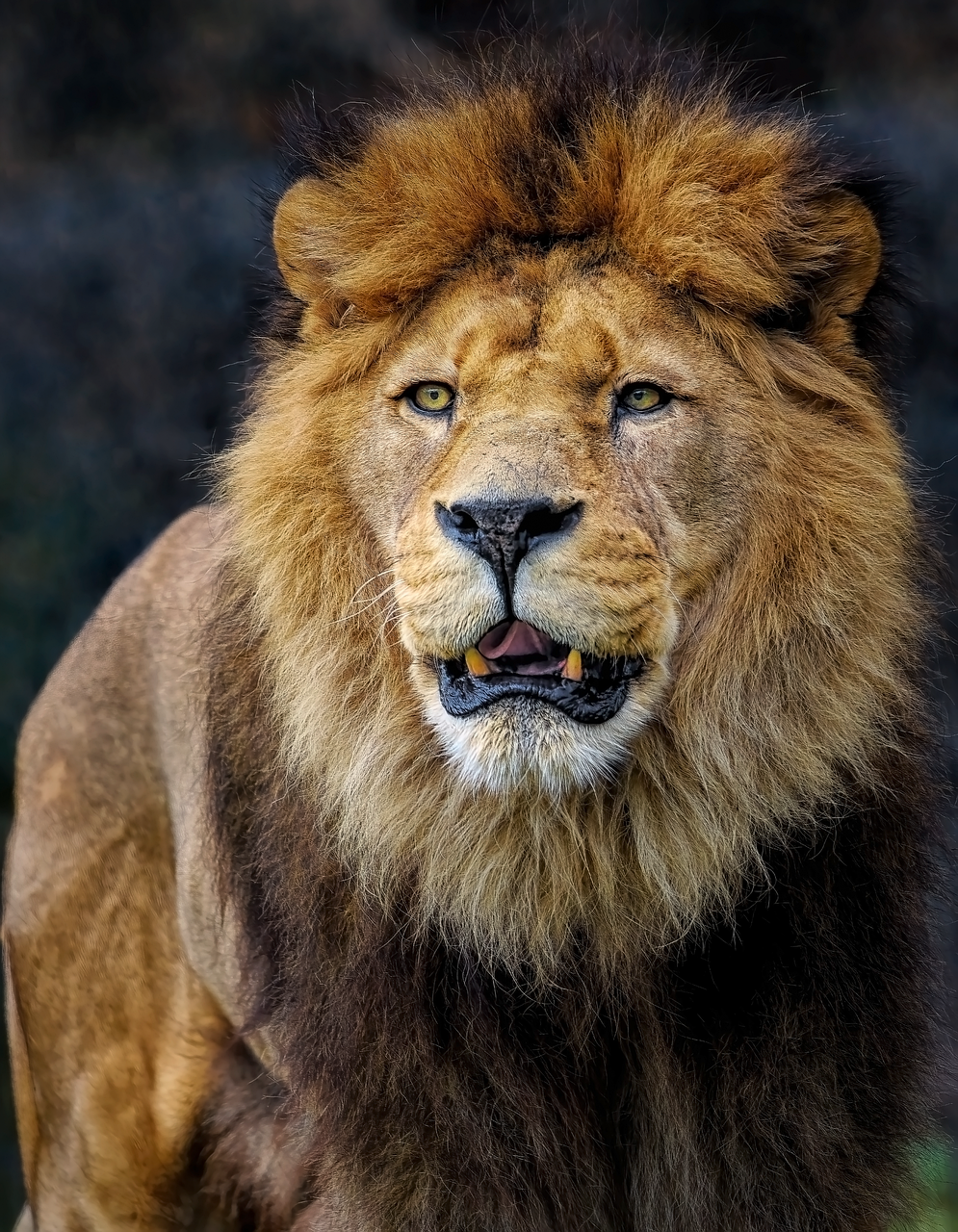
Imagine meeting a lion that’s 25% larger than today’s African kings of the jungle. Cave lions roamed Europe and Asia, and their sheer size made them the ultimate apex predators of their time.
These beasts weren’t just bigger—they were built like tanks. Their massive shoulder muscles could generate crushing force, while their extended claws could slice through hide like butter. Even early humans learned to fear the distinctive roar that echoed through prehistoric caves.
The American Lion’s Bite Force Could Crush Bones Like Twigs

With a bite force exceeding 1,800 pounds per square inch, the American lion made today’s big cats look like house pets. This prehistoric monster was the largest cat species ever to roam North America, and its jaw strength was absolutely legendary.
Think about it this way: while a modern lion struggles to crack large bones, the American lion treated mammoth bones like we’d treat breadsticks. Their specialized molars could pulverize even the thickest skeletal remains, ensuring no nutrition went to waste.
Homotherium’s Serrated Teeth Were Nature’s Chainsaws
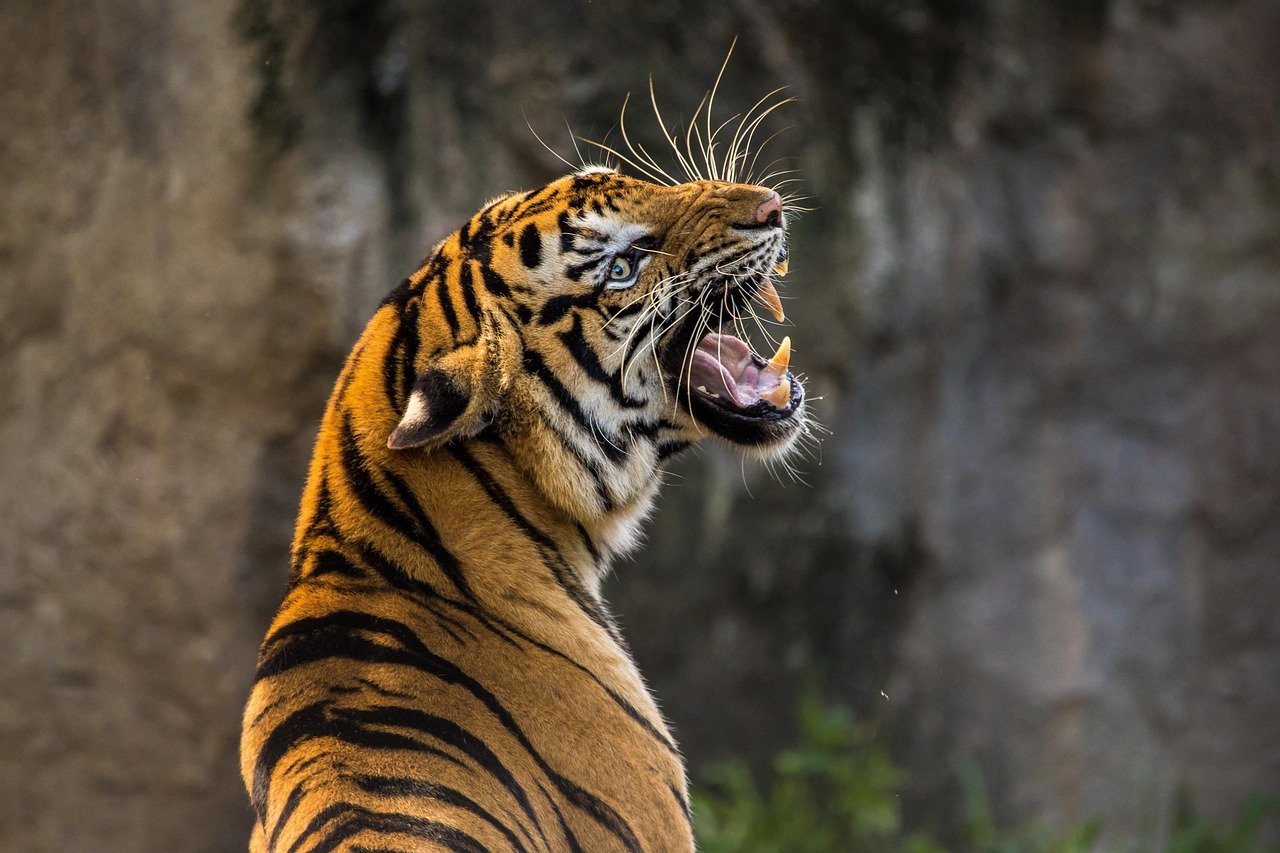
The scimitar-toothed cat didn’t need massive fangs—it had something even more terrifying. Its shorter, curved canines featured serrated edges that could slice through flesh and muscle with surgical precision.
These cats were the ultimate pursuit predators, built for endurance rather than ambush. Their razor-sharp dental weaponry meant that once they caught their prey, escape was impossible. The serrated edges ensured maximum damage with every bite, making them incredibly efficient killers.
Dinofelis Had Retractable Claws That Never Dulled

Known as the “false saber-tooth,” Dinofelis possessed something modern cats would envy: claws that stayed razor-sharp throughout their entire lives. These retractable weapons were perfectly designed for climbing, grasping, and tearing.
Unlike bears or other predators with fixed claws, Dinofelis could extend and retract their talons at will. This meant they could climb trees silently, ambush prey from above, and deliver devastating swipes that could disembowel large animals in a single motion.
The Muscular System of Prehistoric Cats Was Pure Overkill

Every prehistoric cat species featured muscle mass that would make modern bodybuilders jealous. Their shoulders, necks, and hindquarters were packed with dense, powerful muscle fibers designed for one purpose: killing efficiently.
The cave lion’s shoulder muscles alone were three times more developed than those of today’s lions. This extra muscle mass translated into crushing pounces, bone-breaking swipes, and the ability to drag prey twice their own weight up vertical cliff faces.
Night Vision That Made Darkness Their Hunting Advantage

Prehistoric cats possessed eyes that were evolutionary masterpieces. Their pupils could dilate to enormous sizes, while specialized cells behind their retinas reflected even the faintest moonlight back through their vision system.
This meant they could hunt effectively in complete darkness, giving them a massive advantage over their prey. While herbivores stumbled blindly through prehistoric nights, these feline predators moved with perfect precision, turning darkness into their personal hunting ground.
Flexible Spines That Turned Them Into Killing Machines
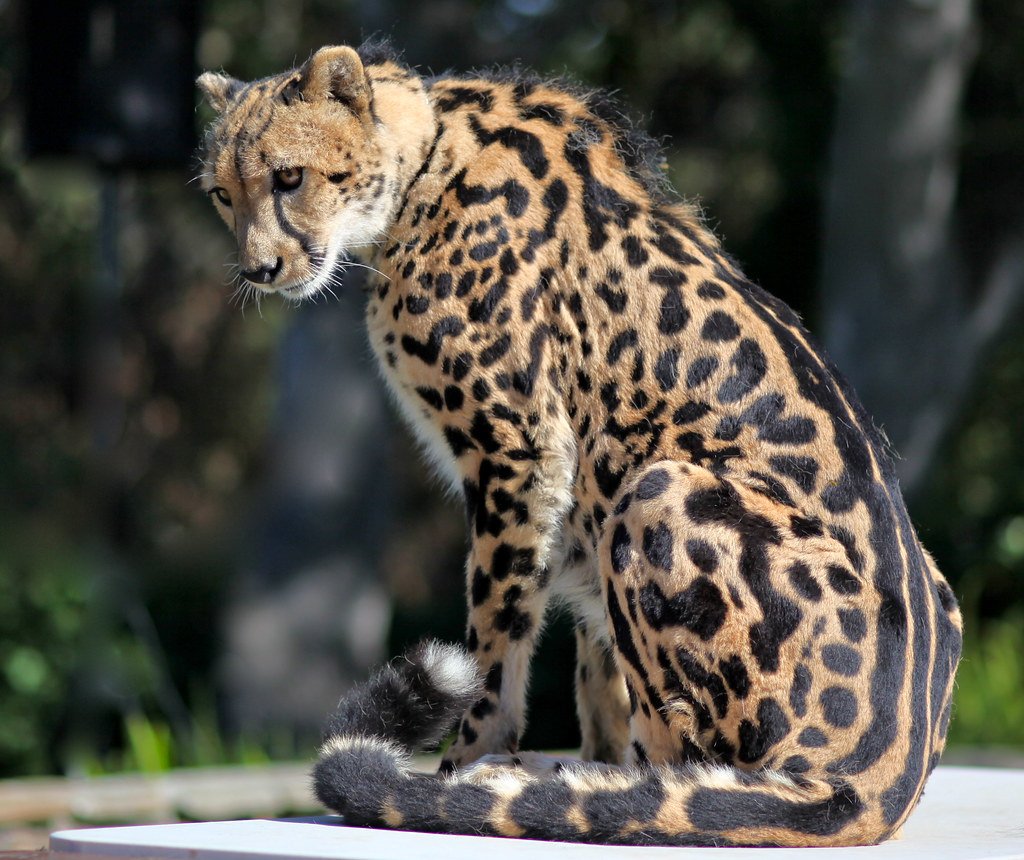
The backbone of every prehistoric cat was like a coiled spring loaded with deadly potential. Their vertebrae were designed for maximum flexibility, allowing them to twist, leap, and strike from impossible angles.
A Smilodon could literally turn its body into a pretzel while maintaining perfect balance and striking power. This spinal flexibility meant they could attack prey from any direction, making escape virtually impossible once they’d locked onto a target.
Specialized Hearing That Detected Heartbeats From Miles Away
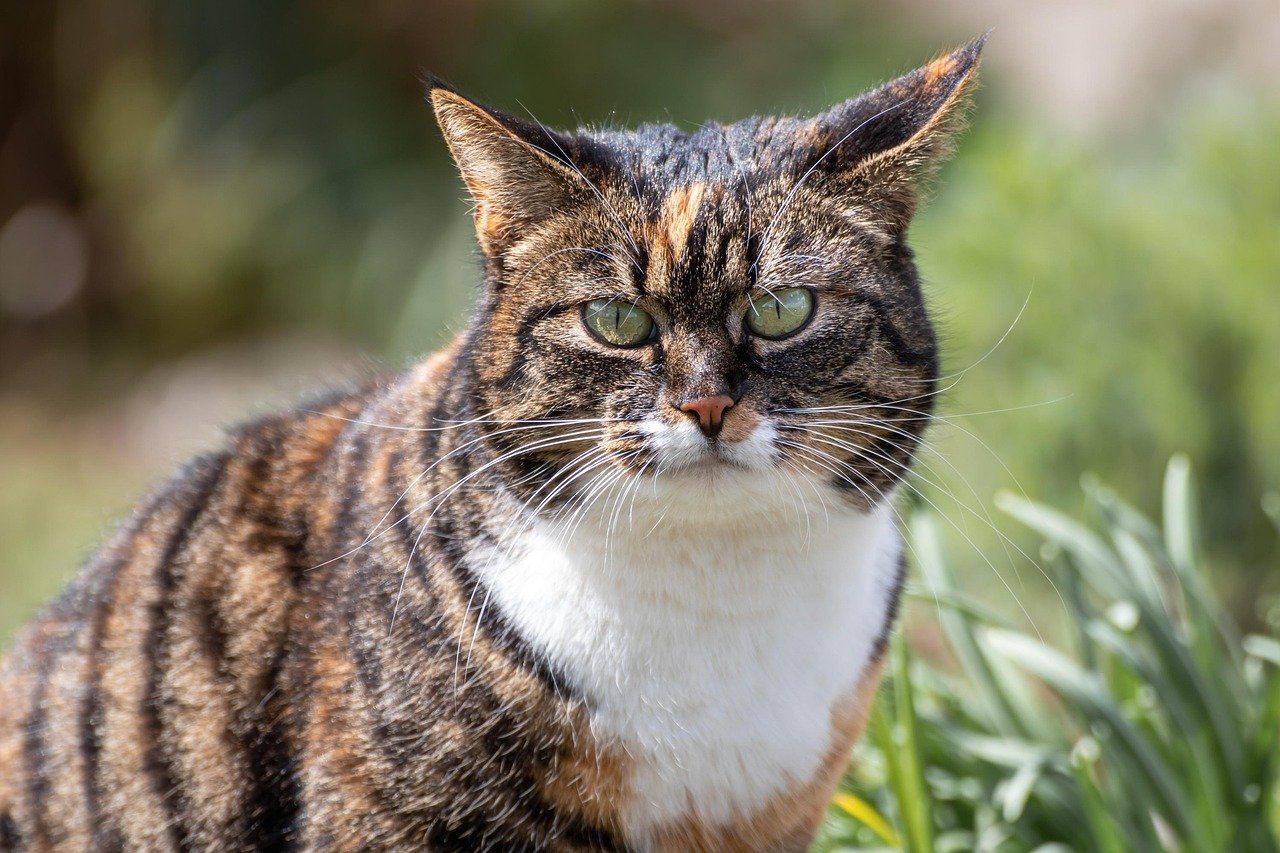
The ear structure of prehistoric cats was so advanced they could hear their prey’s heartbeat from incredible distances. Their inner ear bones were larger and more sensitive than any modern feline species.
This superhuman hearing ability meant they could track wounded animals across vast territories, following the sound of labored breathing or irregular heartbeats. No injured prey ever escaped—these cats could literally hear fear and weakness from miles away.
Tail Mechanics That Provided Perfect Balance During Attacks
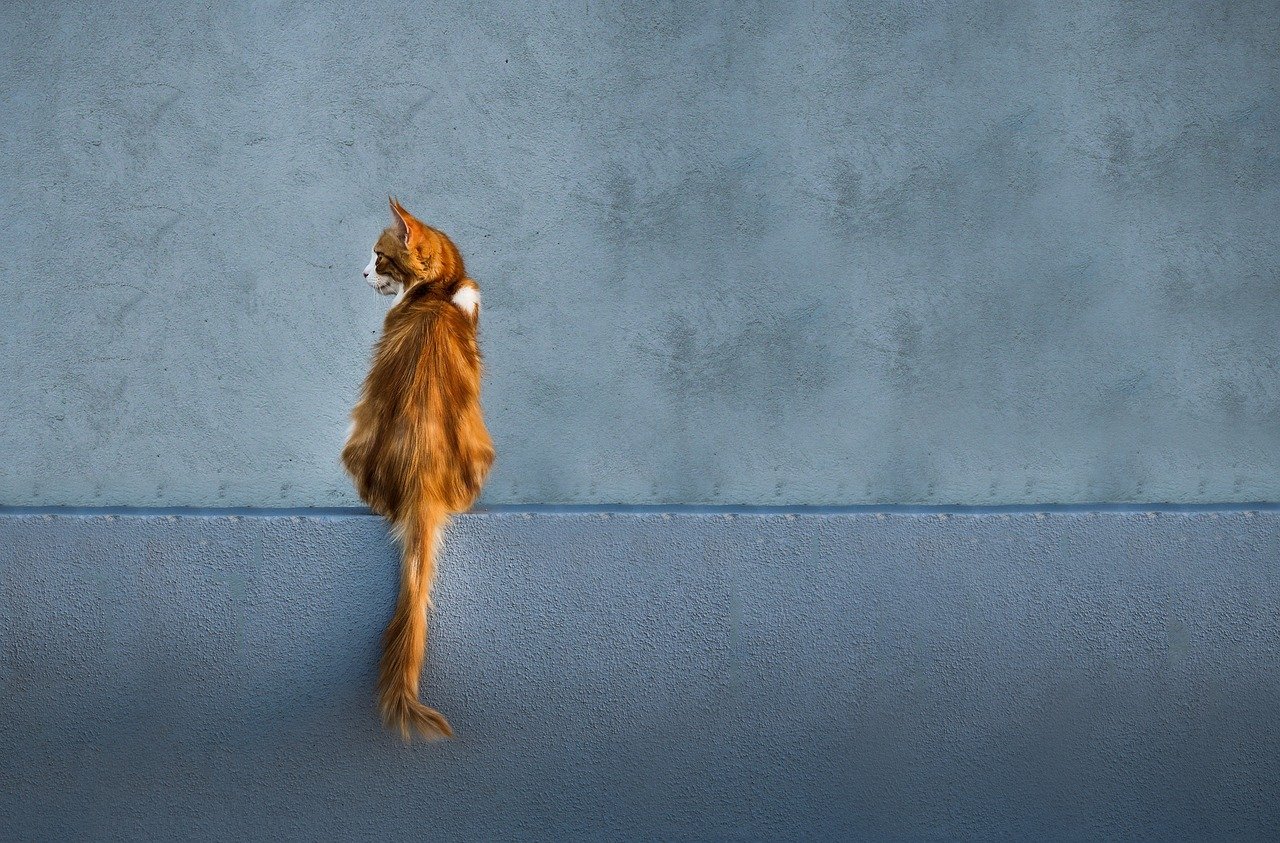
Every prehistoric cat’s tail was a sophisticated balancing tool that modern cats can barely match. These appendages contained more muscle groups and nerve endings, making them incredibly responsive during high-speed pursuits and aerial attacks.
When a cave lion leaped from a cliff onto a mammoth’s back, its tail acted like a gyroscope, maintaining perfect balance throughout the attack. This tail control was so precise it allowed them to change direction mid-air, making their pounces virtually inescapable.
Respiratory Systems Built for Extended Pursuit Hunting
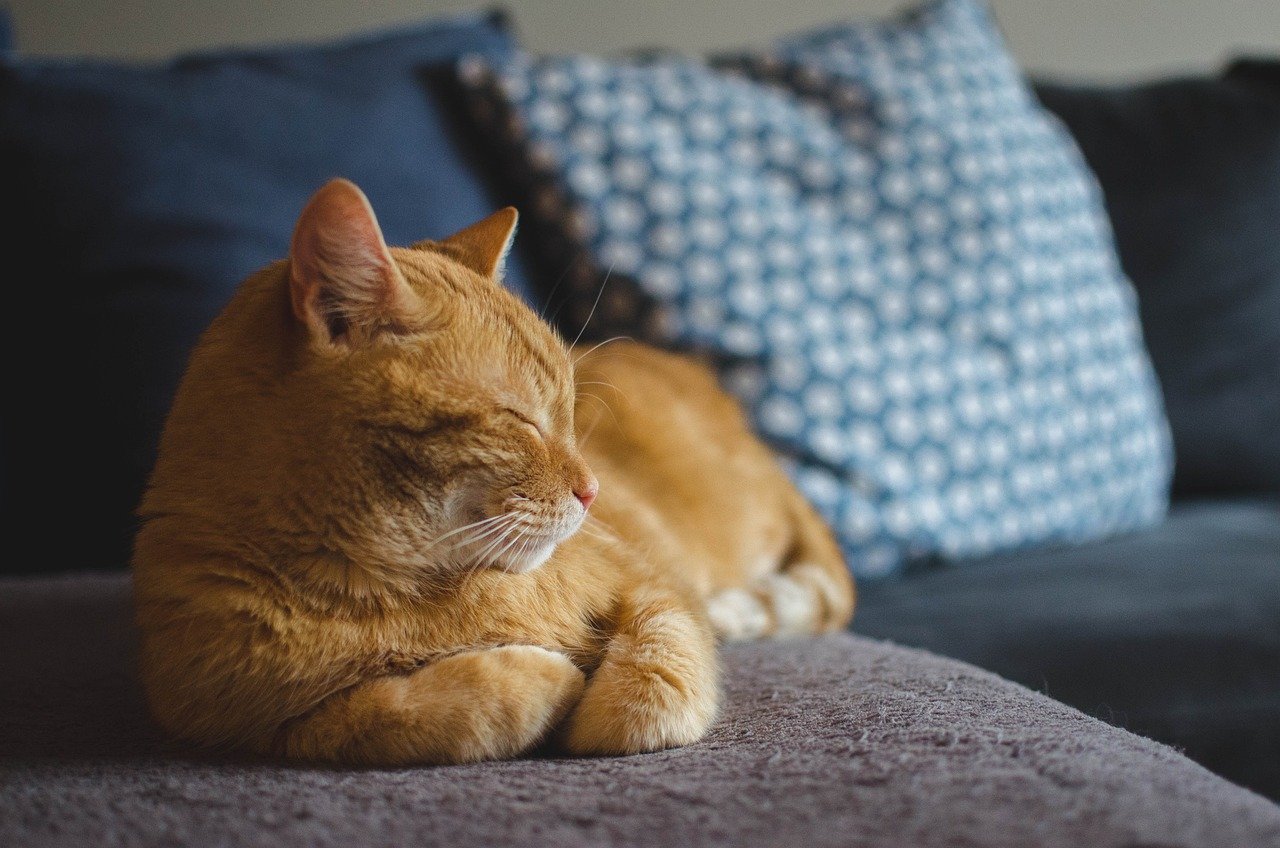
Unlike modern cats that tire quickly, prehistoric species had lung capacity that supported marathon hunting sessions. Their enlarged chest cavities housed respiratory systems designed for sustained high-intensity activity.
A scimitar-toothed cat could chase prey for hours without experiencing the exhaustion that limits today’s big cats. Their efficient oxygen processing meant they could maintain top speed far longer than their victims, turning every hunt into a terrifying endurance contest.
Sensory Whiskers That Detected Prey Movement in Total Darkness
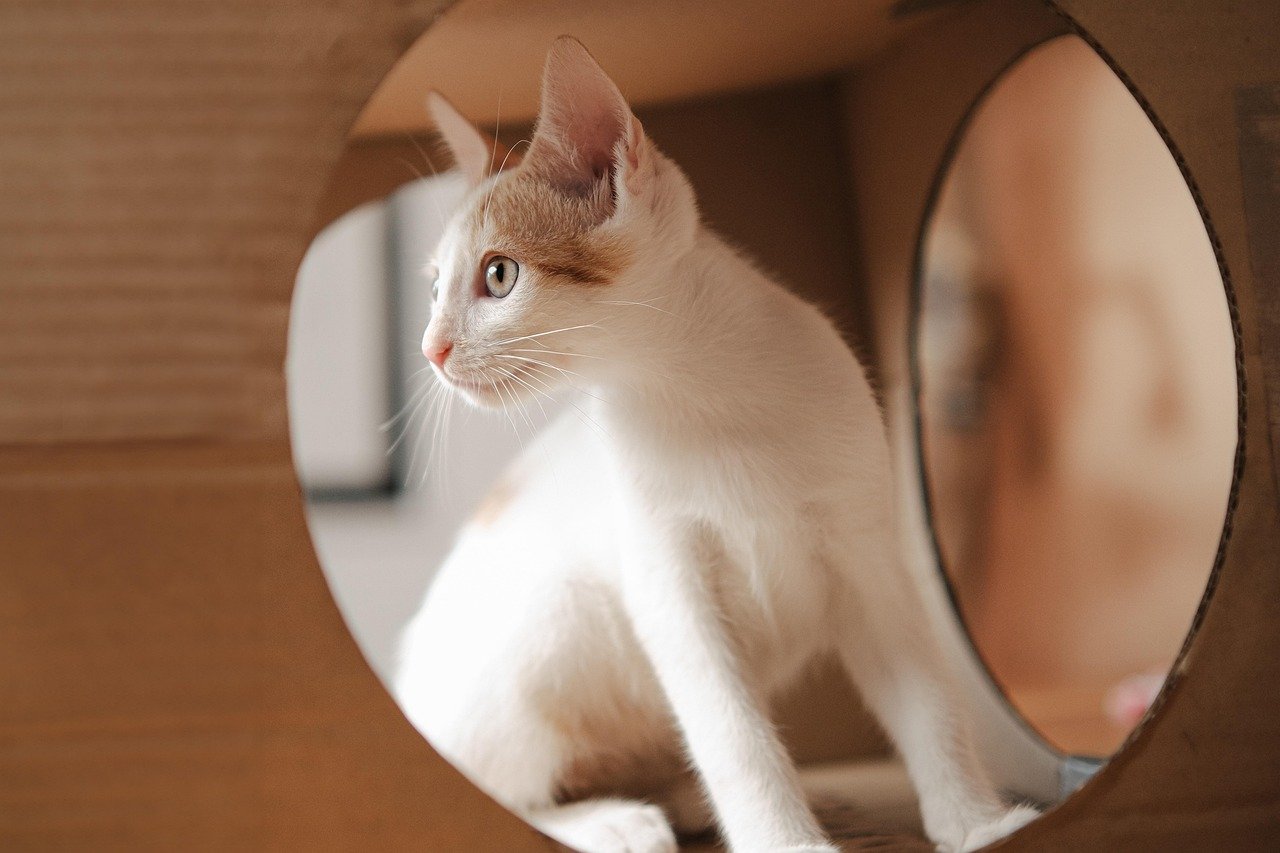
The facial whiskers of prehistoric cats were incredibly sophisticated sensory organs that could detect the slightest air movements caused by nearby prey. These whiskers were longer and more sensitive than anything we see today.
In complete darkness, these cats could “see” their environment through whisker sensitivity alone. They could detect a mouse’s movement from ten feet away or sense a large herbivore’s breathing patterns through minute air current changes.
Skull Design That Protected Their Brains During Violent Hunts

Every prehistoric cat skull was built like a natural helmet, with thick bone plates protecting their brains during violent encounters. The bone density was nearly twice that of modern cats, providing crucial protection during high-impact hunts.
When a Smilodon crashed into a giant ground sloth at full speed, its reinforced skull prevented brain damage that would have killed a modern lion. This protective design allowed them to hunt the most dangerous prey without fear of self-injury.
Digestive Systems That Processed Entire Carcasses Efficiently

The stomach capacity and digestive power of prehistoric cats was absolutely phenomenal. They could consume and process enormous amounts of meat in single feeding sessions, storing energy for extended periods without hunting.
A cave lion could devour 60 pounds of meat in one sitting, then survive for weeks without another meal. Their digestive enzymes were so powerful they could break down bones, hide, and even fur, extracting maximum nutrition from every kill.
Limb Proportions That Maximized Killing Power
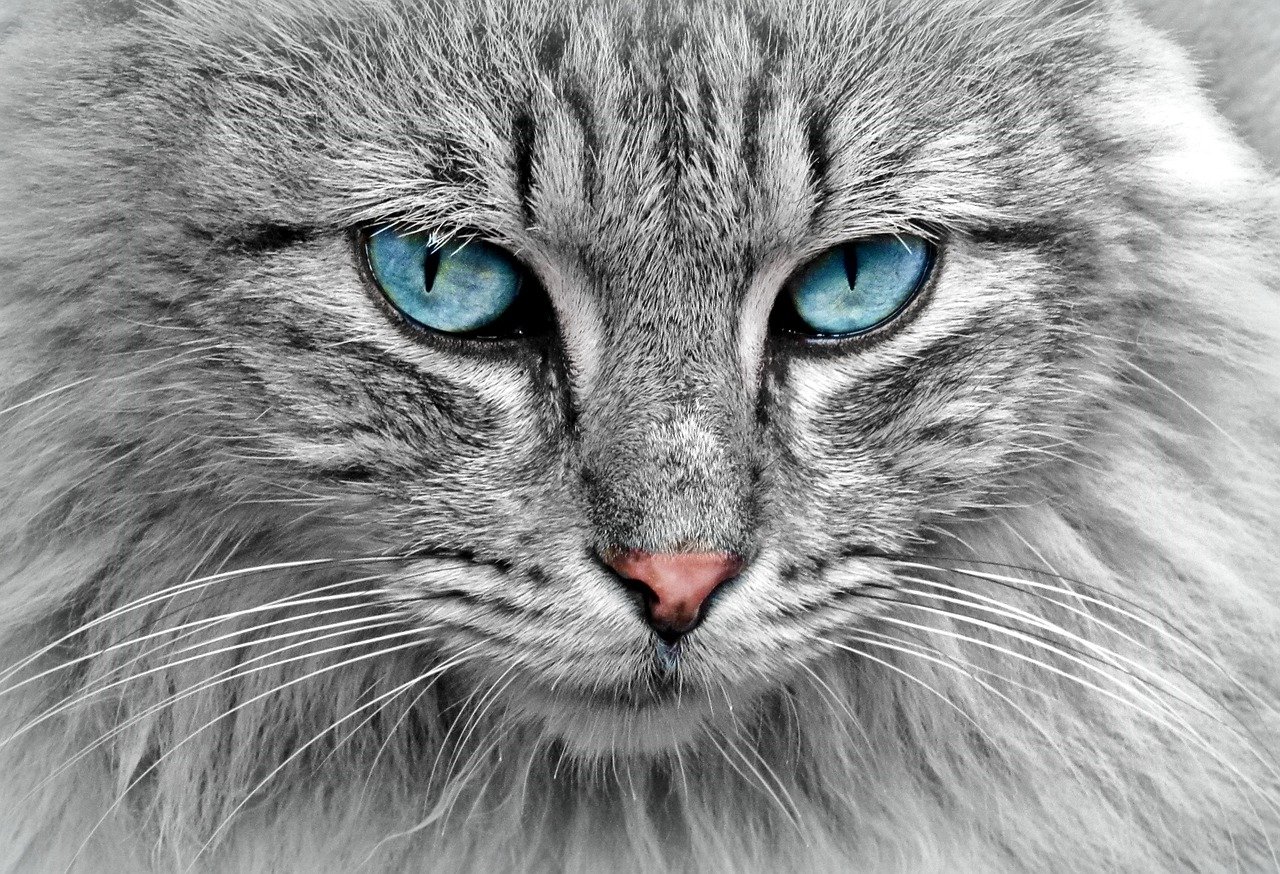
Every prehistoric cat had limb proportions that were perfectly calibrated for their hunting style. Their legs were shorter and more muscular than modern cats, providing incredible power rather than speed.
These proportions meant they could deliver devastating pounces that generated enormous force upon impact. A single leap from a Dinofelis could generate enough force to break a large animal’s spine, making them incredibly efficient killers despite their compact build.
Conclusion: Nature’s Ultimate Killing Machines
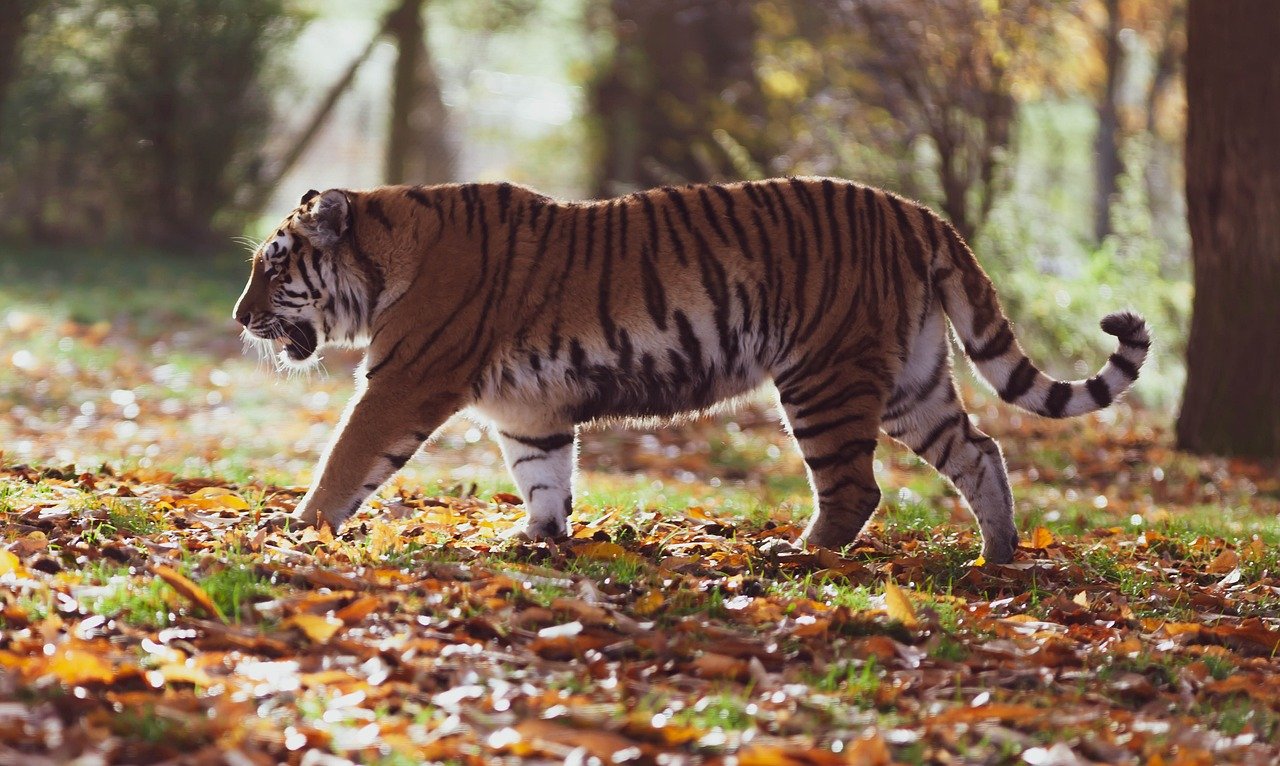
These prehistoric cats represent evolution’s most successful experiments in predatory design. Every aspect of their anatomy—from their specialized teeth to their powerful muscles—was perfectly adapted for one purpose: killing efficiently and surviving in a world full of massive, dangerous prey.
Modern house cats might seem harmless, but they carry the genetic legacy of these magnificent predators. The next time you watch your pet cat stalk a toy mouse, remember that those same hunting instincts once brought down creatures the size of elephants.
Which of these prehistoric killing machines would you have been most terrified to encounter in the wild?
Hi, I’m Bola, a passionate writer and creative strategist with a knack for crafting compelling content that educates, inspires, and connects. Over the years, I’ve honed my skills across various writing fields, including content creation, copywriting, online course development, and video scriptwriting.
When I’m not at my desk, you’ll find me exploring new ideas, reading books, or brainstorming creative ways to solve challenges. I believe that words have the power to transform, and I’m here to help you leverage that power for success.
Thanks for stopping by, Keep coming to this website to checkout new articles form me. You’d always love it!






